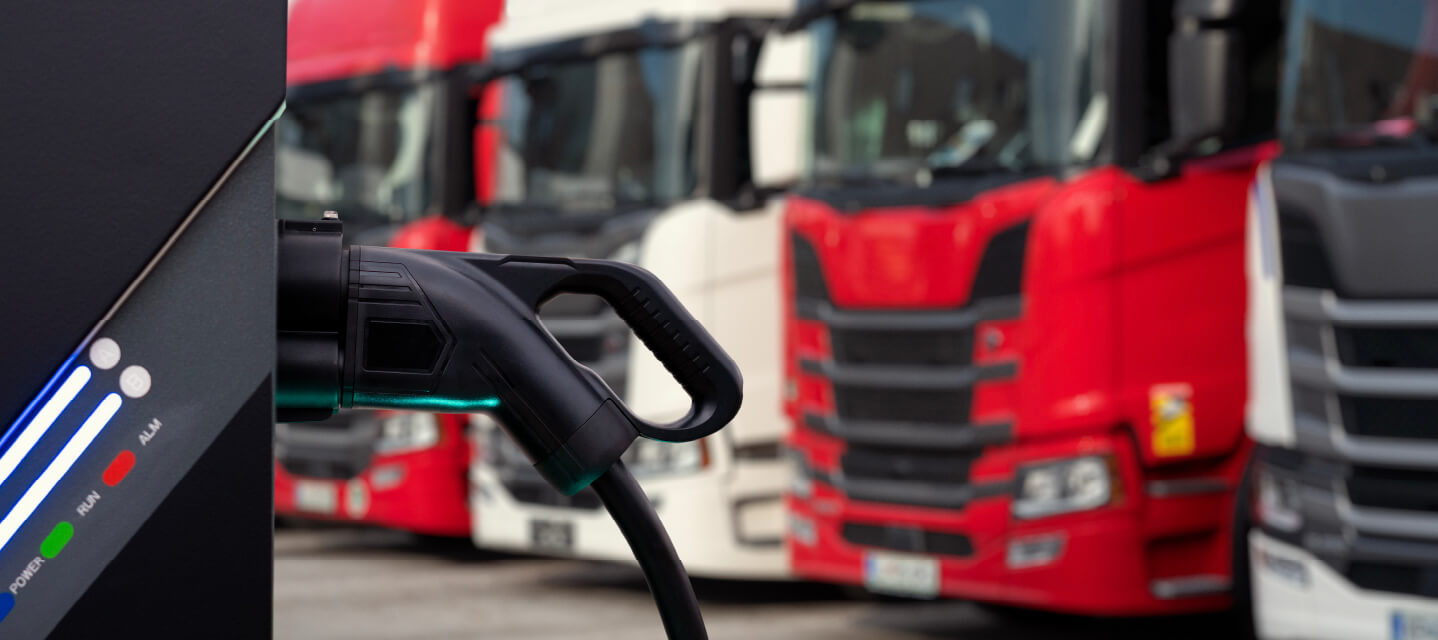The EV Journey Blog Series - Part 6: Reducing fleet emissions through continuous improvement
In part five of our EV journey blog series, we looked at how businesses can effectively scale up their electric vehicle (EV) operations. In this final article we consider the continuous improvement measures that can be taken within the fleet and the organisation at large to decarbonise operations to
By Geotab Team
Sep 12, 2022
Updated: Jan 4, 2023
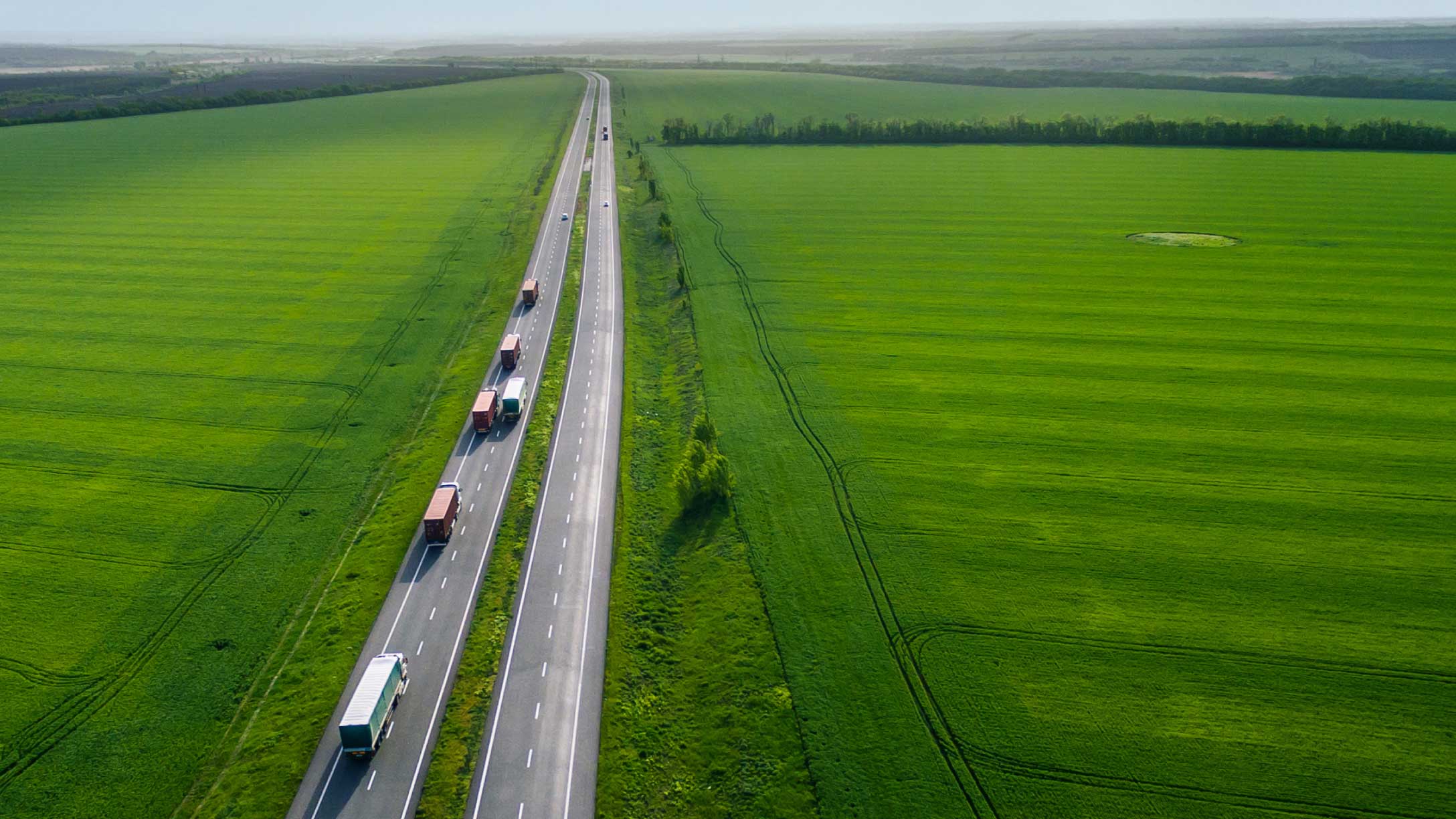
Measure, implement, measure success, repeat…
The road to a truly sustainable fleet is in fact a looping track, and one that fleet managers will have to traverse many times. It starts by establishing baseline data, and identifying where the first round of efficiencies can be made. Once these have been implemented, you can quantify the success of your efforts in terms of environmental and financial savings.
Then it’s time to identify where you can make further improvements and to start the process again. This is particularly the case as fleet managers contribute towards making their organisation net zero emissions, in line with the government’s 2050 timetable.
The data from your telematics system can be used to measure and optimise all elements of your fleet operations, from driver and vehicle safety, to maintenance programs, route productivity and fuel efficiency. It provides the starting baseline data, helps you to implement the improvement strategies, and then enables you to quantify the scale of your savings in CO2 emissions and cost savings. In MyGeotab, all of that data is turned into actionable insights, saving you the effort of scouring through the numbers to find where the greatest savings can be made.
Some fleet telematics providers enable you to benchmark your operational performance against other fleets with similar duty patterns and sustainability goals. This helps you to identify opportunities for strategic savings and new efficiencies that might not have been noticed by looking at your own data in isolation. Geotab’s Green Fleet Dashboard allows you to benchmark your performance against both average and best in class fleets, based on the composition of your fleet.
The future of fleet sustainability
In order to unlock some of the larger environmental savings within fleet operations, it becomes necessary for fleet managers to start with a blank canvas, so that they can question what they can do that they haven’t considered before. For some fleets, this can entail going as far as to remove all vans, and only reintroduce them on a case-by-case basis, where there are no other lower-carbon alternatives available.
Within the next five to six years, fleets of all shapes and sizes can expect to be integrating autonomous vehicles (AVs) into the mix. Most AVs will be electric, and research suggests that they will be on average 20% more energy efficient than a similar vehicle that’s driven by a human.
Bring sustainable practices to the wider organisation
For a fleet’s sustainability practices to have the greatest success, they should be entwined into the organisation’s sustainability strategy. This strategy can include:
- Applying sustainable procurement strategies, from offices through to warehouses and fleet operations
- Applying the waste hierarchy, focusing on reducing resource consumption
- Creating an energy management plan, looking at consumption from climatic control and lighting, to staff transport and beyond
- Investing in sustainable stocks and funds, including for company pensions
- Tracking and reporting the GHG emissions that the organisation:
- produces directly (scope 1 emissions), so from company-owned and controlled resources,
- makes indirectly, such as from the electricity and heat that it uses to heat the business premises (scope 2 emissions),
- is indirectly responsible for, up and down its value chain. From buying products from its suppliers, to the emissions created as customers use its products (scope 3 emissions).
- Establishing a sustainability team across the entire business, empowering employees to be a part of the solution
Engage your staff in sustainability
Drivers have the greatest impact on fleet sustainability performance. However, it’s also important to engage operations management, dispatch and maintenance teams, as they all have a part to play.
Staff engagement strategies can include:
- Training: Induction and ongoing training modules should explain your organisation’s sustainability objectives, as well as the specific practices and requirements of each job role. This shows employees exactly what is expected from them, and helps to build engagement throughout the organisation.
Telematics data can provide the insight needed to highlight drivers that need additional eco-driving training, based on KPIs such as harsh driving, fuel efficiency and idling time. - Competitions / Gamification: Eco-driving data from your fleet telematics solution can be used to establish criteria against which to rank your drivers’ performance. An award such as “Green Driver of the Month” can then encourage friendly competition to improve fleet eco-driving performance.
- Rewards: Sustainability indicators can be incorporated into staff bonus programs, and small rewards can be given to any employees who make practical suggestions to improve the organisation’s sustainability performance.
- Feedback mechanisms: All staff members should be given the opportunity to provide suggestions for how sustainability goals can be met. Drivers will often have deep insight into existing inefficiencies, and often have innovative ideas to improve them.
- Informing staff of sustainability achievements: Create notice boards to promote the sustainability program, showing your KPIs and progress towards your goals. They can also be used to showcase staff members who have won your sustainability competitions, such as “Green Driver of the Month”.
The journey to a sustainable fleet begins today
As organisations recognise the part they must play in responding to the climate emergency, fleet managers have a weighty task on their hands. With the fleet representing one of the greatest direct environmental impacts of most companies, the pressure is on to reduce transport emissions towards net zero.
EVs have a huge part to play in decarbonising transport operations, and data is vital to ensure a smooth transition to these vehicles and to achieve the necessary emissions reductions. The good news is that when done correctly, decarbonisation can deliver significant cost savings, as well as reducing the organisation’s environmental impact.
View Geotab's corporate sustainability page to see how we are minimising our own environmental footprint and how we reveal insights from real-world data to help fleets reduce emissions and costs while improving operational efficiency.
Subscribe to the Geotab Blog
The Geotab Team write about company news.
Related posts
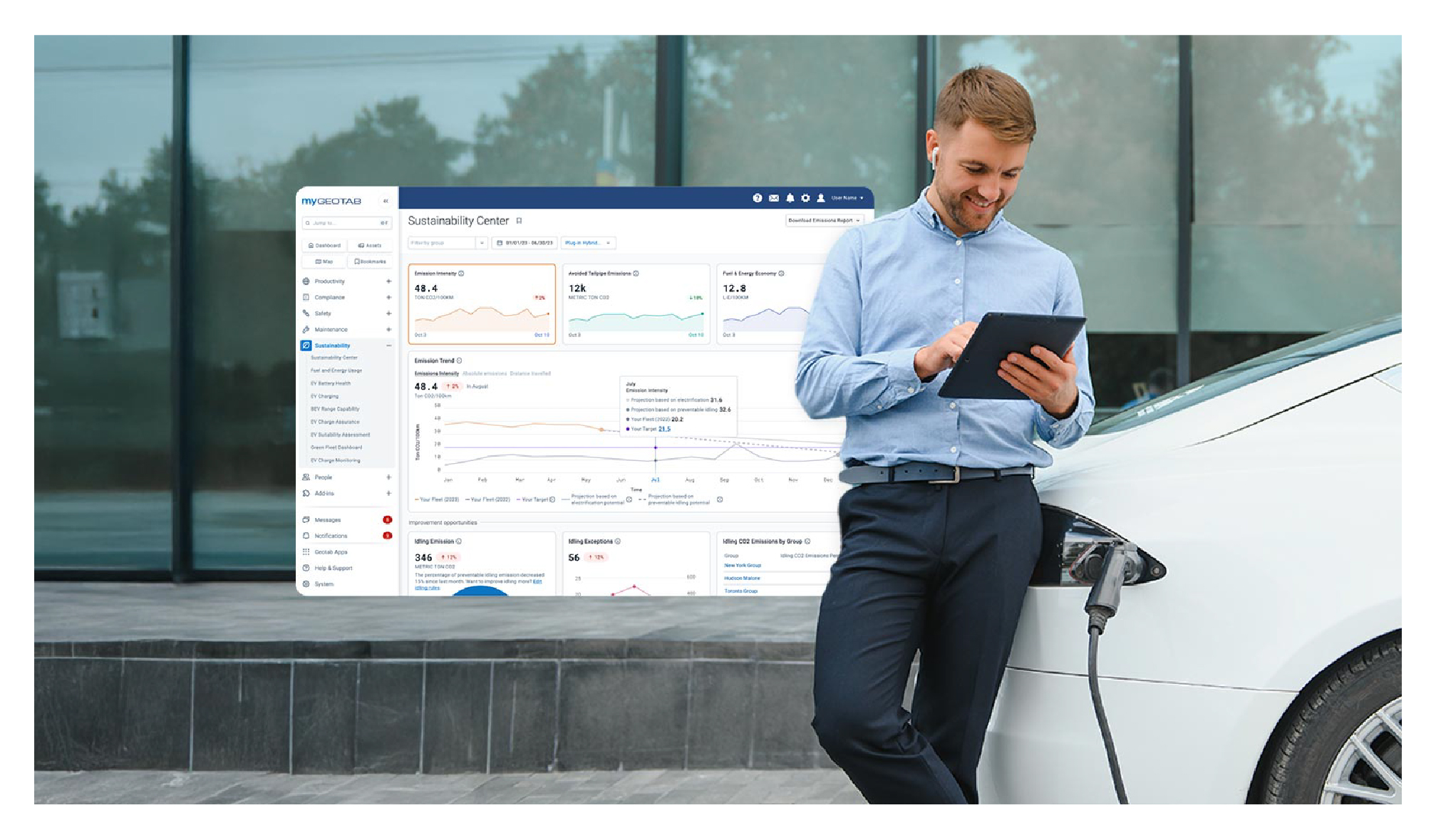
Geotab’s new fleet Sustainability Center simplifies fuel and emissions reduction
June 13, 2025
3 minute read
.jpg)
Lead with Trust: How Geotab Helps Businesses Navigate CSRD Compliance
March 19, 2025
2 minute read
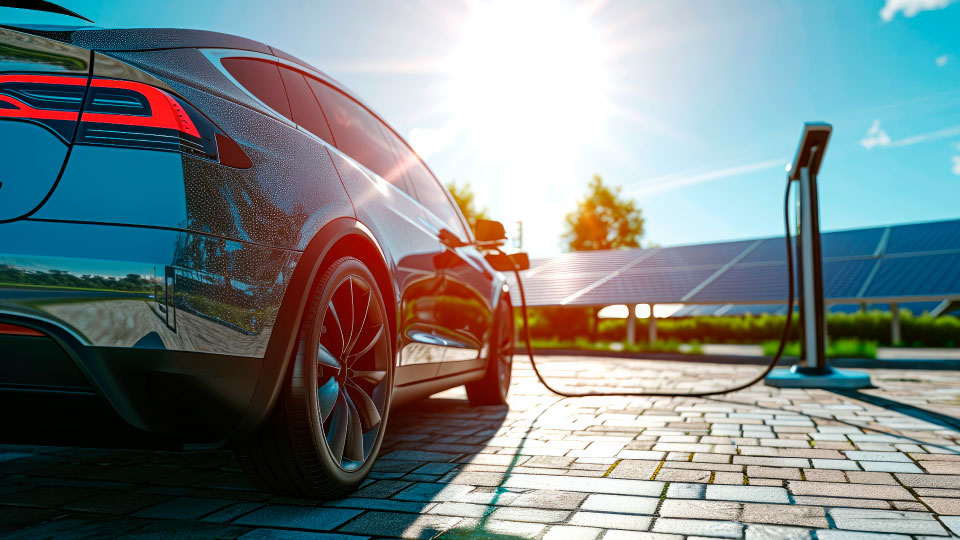
2030 or 2035, the UK Needs Meaningful Action on EVs Now
September 6, 2024
2 minute read
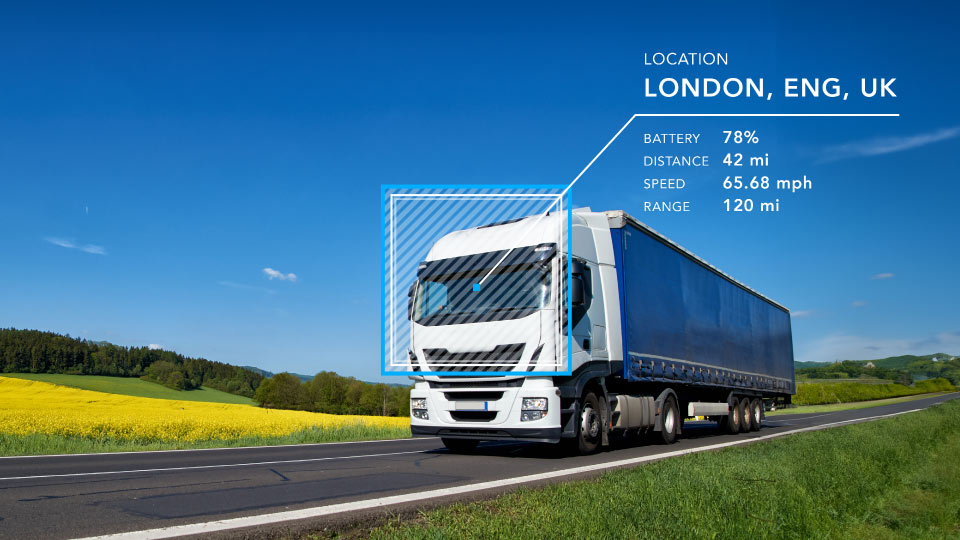
Driving smarter: Insights from Geotab’s “Taking Charge” Report
August 8, 2024
2 minute read

The art of the possible: Insights from Geotab’s “Taking Charge” Report
June 20, 2024
3 minute read

